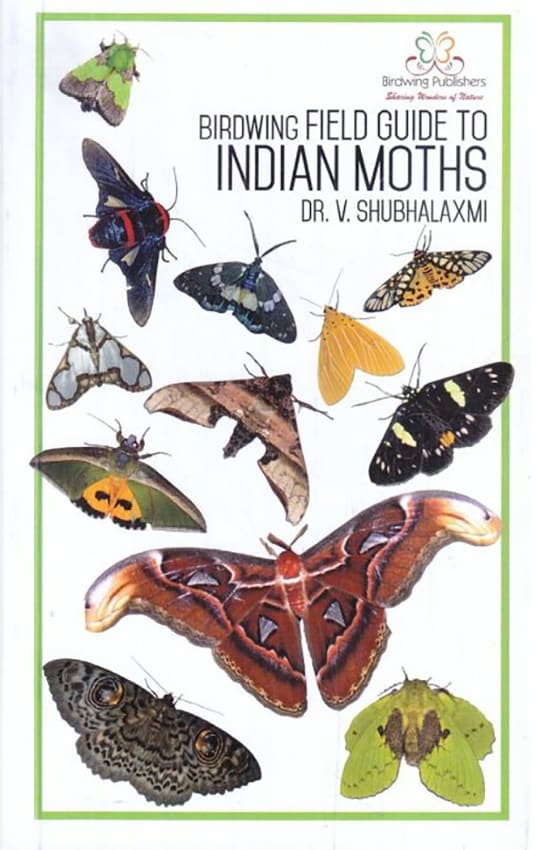 Listen to this article
•
15:34 min
Listen to this article
•
15:34 min
Moths are seen in every region, as long as their host plants are available. While they are found mostly in tropical regions, their diversity and abundance vary across habitats and are the highest in rainforests and pristine evergreen forests. Therefore, the best mothing sites in India are in Western Ghats and Northeast. Nevertheless, moths are also seen in urban and semi urban areas. Some species like the Oleander Hawkmoth (Daphnis nerii) are sighted more often in cities than in forests. As long as the weather is right, moths can be seen around homes at nights.
What is needed to observe moths?
The best method to observe moths is to use a light sheet. On the one hand, moth-watching can be considered a comfortable task since it involves simply being stationed at a sight and observing the different types of moths visiting the light sheet. On the other hand, since this is essentially a night activity, arranging the logistics in remote locations and remaining awake at the light sheet can prove very challenging. Steady power supply is crucial; mercury lamps need high voltage and may not operate if power fluctuations occur. A potable generator is more than helpful - in most remote areas it is totally necessary if using MV bulbs! Also note that it is prohibited to use any type of trapping inside protected areas or you may need written permission from state forest department.
Tip: Mothing during monsoon would need a shelter, protecting MV bulb from rain and wind is important. If you are planning for mothing for multiple nights, carrying a spare MV bulb, white cloth, metal/ceramic bulb holder and extension board will always beat any logistic failure that you may encounter which is so common in Indian terrain. It is best to avoid looking directly at an MV bulb whenever possible; one can ‘eclipse’ it with a hand when working around it.

When is a good time to see moths?
Moth watching is known as mothing. The ideal time for moth watching is during or just after monsoon in hilly regions, March to June too is a good period. Most moths go into diapause in the summer and winter months and just emerge before monsoon. For moth watching, the best nights are new moon nights, when there is less light in the sky. During monsoon, however, most nights are cloudy and hence a good time, except when heavy downpour prevents moths from visiting the lights. It has been observed that if it has been a cloudy day with continuous rains, a respite in the night hours will ensure a good number of moths on the light sheet.
Moths begin to appear after sunset and their number swell within two to three hours, and the number falls after 2:00 am and some could still come before dawn. Thus, many species have specific “flight windows” like dusk (Sphingids), early night (Crambids), midnight (Erebids, Noctuids), an pre-dawn (Saturnids). Moth watching can become a lonely and monotonous task, so having company always helps specially if you are mothing in remote places. Also, safety of the team and equipment also needs to be ensured. Tip: If the light sheet is operated till dawn, the lights need to be switched off before sunrise. This will allow the moths to fly away, or else they will get easily predated in the daylight.
Other Methods
Fruit and sugar baits: Many moths are not nectar feeders and prefer rotten fruit or decaying plant or animal matter. Some of these do not visit light sheets. So fruit or sugar baiting can be used to attract them. Erebids, Geometrids and Noctuids usually visit such baits. Permissions are required if conducted inside protected areas.
To prepare a fruit bait, you will need overripe, smelly and juicy fruits, such as banana, pineapples, guavas, chickoos (sapota), and oranges. Mash them with jaggery and a dash of beer, and allow the mixture to ferment overnight for two days. Apply this mixture on tree barks or open rocks, or put it out in a plate during dark hours. To make sugar baits, you can dip jute ropes in sugar/ jaggery syrup or honey. Hang these ropes on branches or poles.
Extracted from Birdwing Field Guide to Indian Moths by Dr. V. Shubhalaxmi. Published by Birdwing Publishers.




